13 High-Value Items Hiding in Plain Sight at Thrift Shops

Thrift shops are treasure troves filled with forgotten gems waiting to be discovered. Many shoppers walk right past valuable items simply because they don’t know what to look for. With a trained eye and some basic knowledge, you could find items worth hundreds or even thousands of dollars for just a few bucks. Here’s what you should be hunting for on your next thrift store adventure.
1. Designer Clothing & Accessories Masquerading as Regular Finds
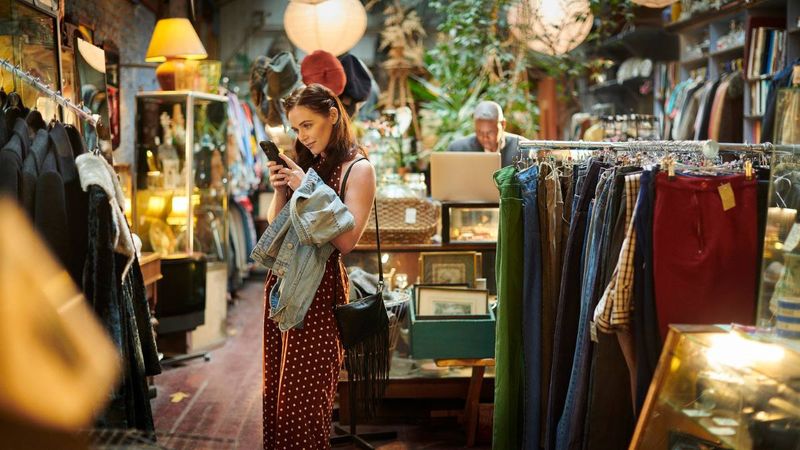
Luxury brands like Gucci, Prada, and Hermès often end up on thrift store racks, mistakenly priced like ordinary items. Look for quality stitching, real leather, and unique hardware that screams craftsmanship.
Check inside pockets and seams for authentication tags or serial numbers. Authentic designer pieces maintain their value remarkably well – that $8 blazer could be worth $800!
Focus on timeless pieces rather than trendy items. Classic Burberry trench coats, vintage Chanel bags, and Ferragamo shoes can be resold for substantial profits or become the crown jewels of your wardrobe without the luxury price tag.
2. Vintage Jewelry That Sparkles with History and Value
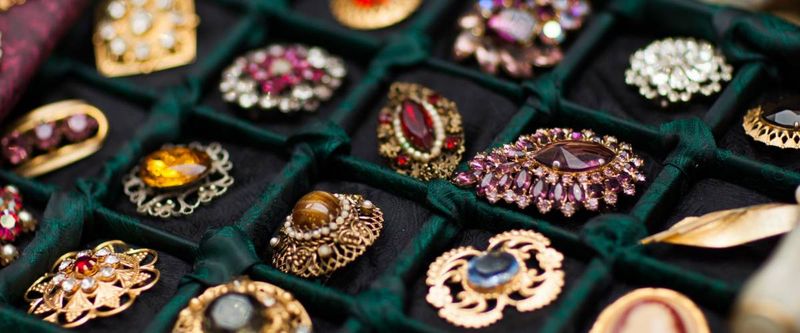
Gold prices have skyrocketed, making even damaged gold jewelry worth its weight. Scan jewelry counters for markings like 14K, 18K, or 925 (sterling silver) – these tiny stamps reveal precious metal content often overlooked by pricing staff.
Vintage costume jewelry from designers like Miriam Haskell, Trifari, or Weiss can fetch impressive prices from collectors. The weight of a piece often indicates quality; heavier items typically contain more precious materials.
Watches deserve special attention. Brands like Omega, Rolex, and even vintage Timex models have cult followings. That dusty timepiece might just be worth thousands to the right collector!
3. Mid-Century Modern Furniture: Retro Gold Mines
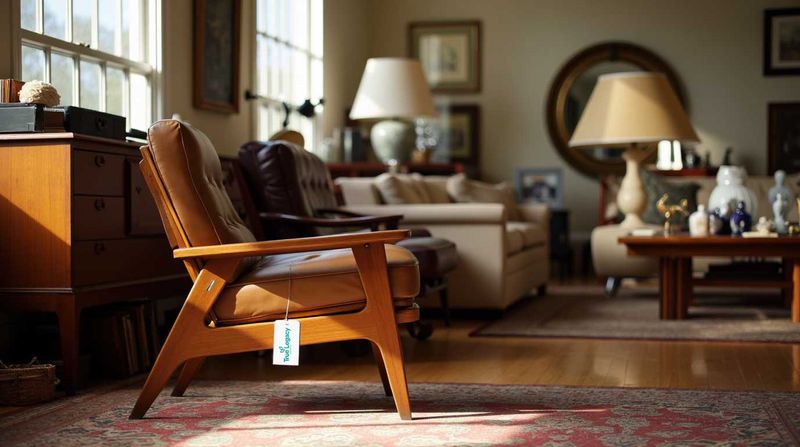
The sleek, clean lines of mid-century furniture from the 1950s-1970s command premium prices in today’s market. Names like Eames, Herman Miller, and Knoll can turn a $30 thrift store chair into a $3,000 designer piece.
Flip pieces over to check for manufacturer stamps or labels – often hidden underneath seats or inside drawers. Danish teak furniture is particularly valuable, recognized by its warm wood tones and tapered legs.
Don’t overlook pieces needing minor repairs. A quality mid-century credenza with water rings might seem worthless to casual shoppers, but furniture enthusiasts know these issues can be easily fixed, revealing beautiful grain patterns and restoring significant value.
4. Collectible China Patterns Worth Their Weight in Gold
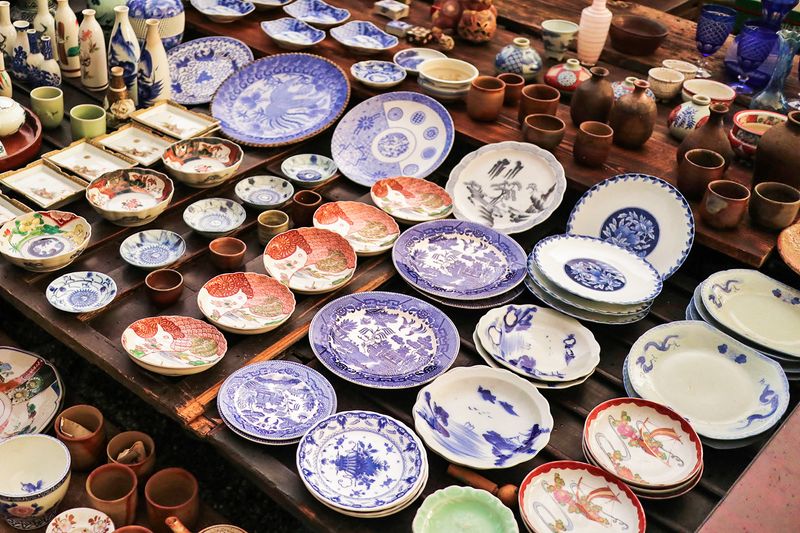
Fine china from manufacturers like Wedgwood, Limoges, and Meissen often lands in thrift stores when families downsize. Turn plates over to check maker’s marks on the bottom – these tiny symbols reveal origin, age, and potential value.
Complete sets command premium prices, but even single pieces from rare patterns can be worth hundreds. Blue and white transferware, hand-painted details, and gold trim are good indicators of quality pieces worth investigating.
Holiday-themed vintage dishware from brands like Spode and Lenox maintains strong collector markets. That Christmas plate gathering dust might be part of a valuable annual series that collectors eagerly seek to complete their collections.
5. Original Artwork Hiding Behind Dated Frames

Amateur art hunters strike gold regularly at thrift shops. Always remove artwork from the wall and check for signatures – many valuable prints and paintings hide behind dusty glass and ugly frames chosen by previous owners.
Limited edition prints often have penciled numbers in the corner (like 45/500) indicating rarity. Artist signatures, even from lesser-known creators, can transform a $5 purchase into a piece worth hundreds or thousands.
Regional artists hold particular value in their local areas. That landscape painting might be from a celebrated local artist whose work rarely comes to market. Gallery prices for original art start in the hundreds – making thrift store finds potentially lucrative investments.
6. First-Edition Books: Literary Treasures on Forgotten Shelves
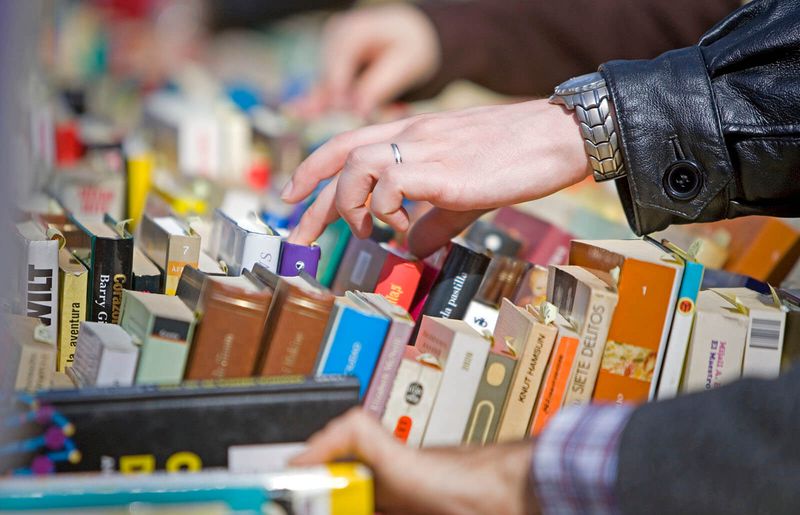
First editions of popular books can be worth significant money, especially if signed by the author. Check the copyright page (usually at the front) for the words “First Edition” or a number line that includes “1” – these indicate potentially valuable copies.
Modern first editions from authors like J.K. Rowling can sell for thousands. Condition matters tremendously; books with intact dust jackets command much higher prices than those without.
Children’s books are often overlooked goldmines. First editions of classics like “Where the Wild Things Are” or “The Very Hungry Caterpillar” can fetch hundreds or thousands from collectors. Always check hardcover books beneath their dust jackets for additional signatures or inscriptions.
7. Rare Vintage Toys That Collectors Desperately Seek
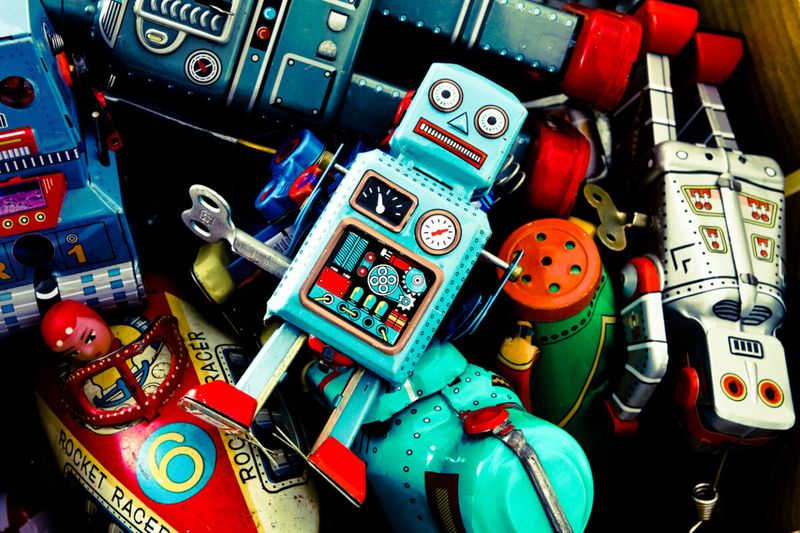
Vintage toys from the 1960s-1990s can command astonishing prices, especially those still in original packaging. Star Wars figures, early Barbie dolls, and 1980s transformers regularly sell for hundreds or even thousands to passionate collectors.
Board games deserve special attention. Complete vintage games from the 1950s-1970s often sell for ten times their thrift store prices. Check that all pieces are present – even incomplete sets of rare games can be valuable.
Sports memorabilia hides in plain sight. Old baseball gloves, team pennants, and vintage trading cards tucked into shoeboxes might contain rookie cards of famous athletes worth significant money. Always check signatures on sports equipment for authenticity.
8. Vinyl Records Worth Spinning Into Cash

Original pressings of classic albums can be worth hundreds, especially those from iconic bands like The Beatles, Pink Floyd, or Led Zeppelin. Check the record’s label and matrix numbers (tiny etched numbers near the center label) to identify first pressings.
Condition is crucial in vinyl collecting. Records in their original shrink wrap command premium prices, while those with minimal surface scratches can still be valuable. Album covers matter too – intact artwork, especially gatefold covers, significantly increases value.
Unusual formats like colored vinyl, picture discs, or promotional copies sent to radio stations can be worth substantial money. That 99-cent record might actually be a rare Japanese pressing or limited release worth hundreds to the right collector.
9. Classic Video Games: Digital Gold in Plastic Cartridges

Retro video games from the 1980s and 1990s have skyrocketed in value. Games for systems like Nintendo, Sega, and Atari regularly sell for 50-100 times their thrift store prices to nostalgic collectors.
Rarity determines value more than popularity. Limited releases, games from defunct companies, or titles that were commercially unsuccessful often command the highest prices today. Complete games with original boxes and instructions are particularly valuable.
Gaming accessories and consoles deserve attention too. Original controllers, memory cards, and even instruction booklets for popular games can sell individually for surprising amounts. That dusty box of “old Nintendo stuff” might contain several hundred dollars worth of collectibles.
10. Antique Maps and Globes: Cartographic Treasures
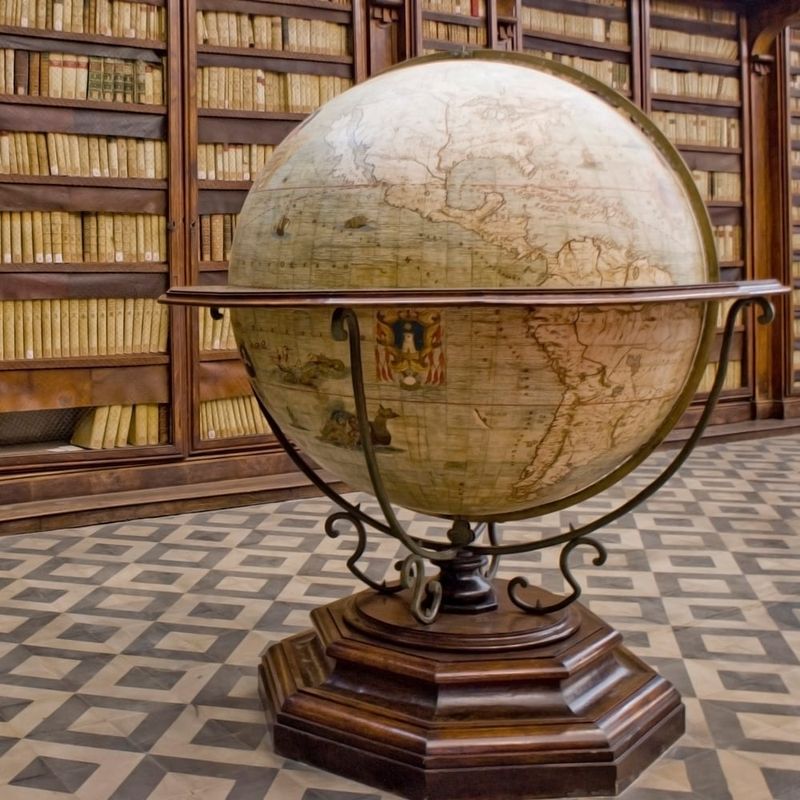
Old maps aren’t just decorative – they’re highly collectible historical documents. Look for hand-colored details, interesting cartouches (decorative title boxes), and unusual projections that indicate age and craftsmanship.
Maps of changing territories or disputed regions hold special value. Those showing colonial boundaries, pre-statehood configurations, or historical place names can be worth hundreds or thousands to specialized collectors.
Vintage globes, especially those showing political boundaries that no longer exist (like the USSR or Yugoslavia), have strong collector markets. Floor-standing globes with wooden bases command premium prices, while table models from quality makers like Replogle can still fetch impressive sums when in good condition.
11. Cast-Iron Cookware: Kitchen Gold That Lasts Forever

Vintage cast iron from brands like Griswold and Wagner sells for astonishing prices to cooking enthusiasts. These older pans were made with smoother surfaces and lighter weight than modern equivalents, making them prized by chefs.
Examine the bottom of any cast iron pan for maker’s marks and logos. Smaller logos or unusual markings often indicate older, more valuable pieces. Even rusty, neglected pans can be restored to perfect condition with proper techniques.
Unusual shapes command premium prices. While skillets are common, pieces like waffle irons, muffin pans, or Dutch ovens with intact lids can be worth ten times their thrift store prices. That crusty $5 pan might actually be a $200 collector’s item after a simple cleaning.
12. Brass and Silver Treasures for Pennies on the Dollar
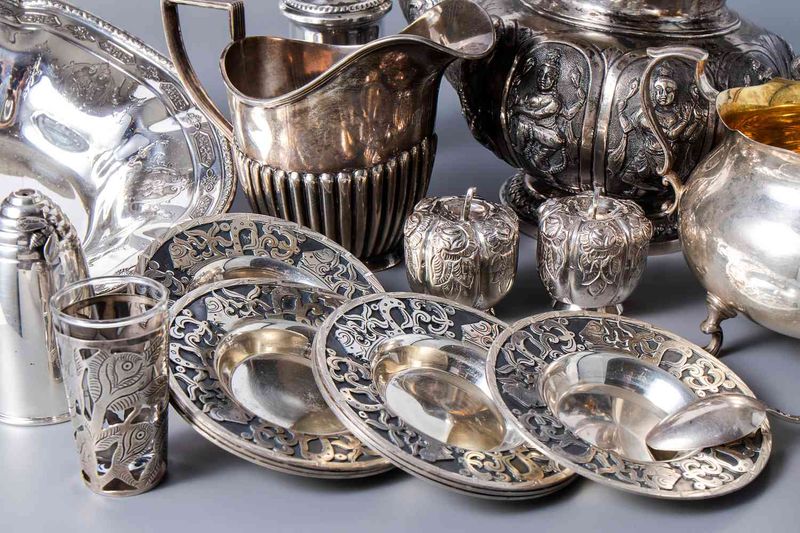
Real silver often ends up in thrift stores, mistaken for ordinary metal. Look for marks like “Sterling,” “925,” or “EPNS” (electroplated nickel silver) to identify valuable pieces. Even tarnished silver has significant value – that blackened candlestick might be worth its weight in silver!
Quality brass items hold steady value, particularly those with interesting patinas or craftsmanship. Solid brass pieces feel heavier than they look and produce a dull sound when tapped, unlike hollow reproductions.
Decorative items from the Arts and Crafts or Art Deco periods (1900-1940) are particularly collectible. Bookends, desk accessories, and figurines from these design movements can sell for hundreds to the right buyers, regardless of whether they’re silver or brass.
13. Quality Mirrors and Light Fixtures: Reflecting Hidden Value

Vintage mirrors with solid wood frames or unusual shapes can be worth hundreds. Look for heavy construction, beveled glass edges, and detailed carving that indicates quality craftsmanship rather than mass production.
Mid-century and Art Deco mirrors command premium prices in today’s design market. Even damaged mirrors can be valuable – the frame itself might be worth restoring regardless of the condition of the reflective surface.
Vintage lighting fixtures, particularly those with original glass shades or unique designs, sell for impressive sums. Stained glass lamps, mid-century sputnik chandeliers, and industrial factory lights from the early 20th century can be worth hundreds or thousands. That dusty $15 lamp might illuminate your bank account rather than just your living room!

Comments
Loading…